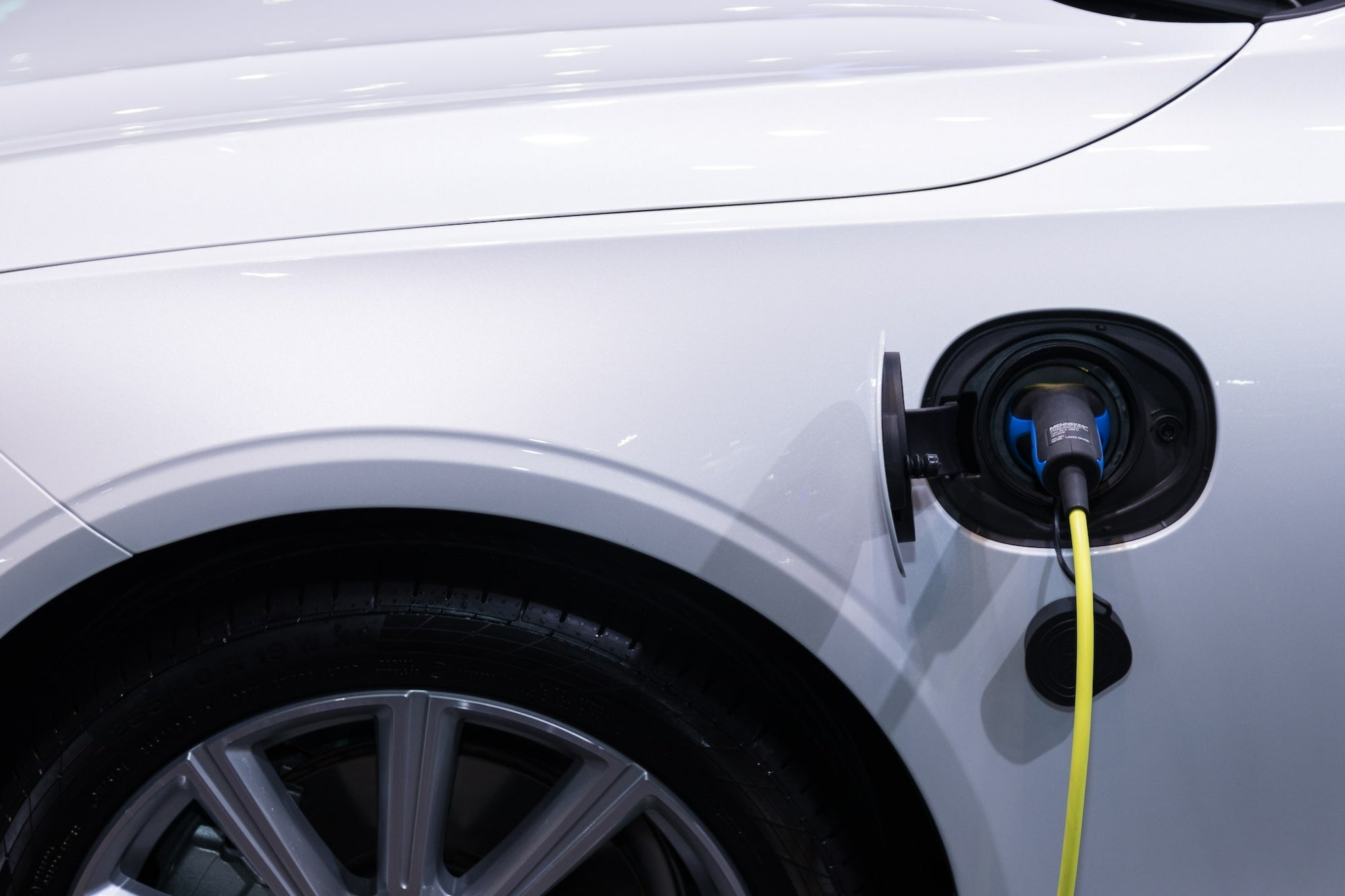Financing India's EV Dreams Mobilising finance for electric vehicles was one of the major roadblocks for large scale EV adoption. However, it is picking up pace today
By S Shanthi
Opinions expressed by Entrepreneur contributors are their own.
You're reading Entrepreneur India, an international franchise of Entrepreneur Media.

Electric Vehicle financing, which largely remained sluggish for many years, is slowly picking up momentum. Even though it was a well-known fact that credit access can help increase liquidity and money flow for electric vehicles (EVs) and thereby accelerate adoption, it is only now that more and more businesses in the space are benefiting.
As per market studies, the Indian electric vehicle market size was estimated at 167,041 units in 2020 and it is expected to reach a value of $17.3 billion by 2030 with a CAGR of 35 per cent over the forecast period. What role has and will EV financing play in EV adoption?
What has changed?
EV financing was one of the major roadblocks to large-scale adoption, which is slowly changing. The primary reason for this roadblock was the perceived asset risk, say experts.
"EVs are comparatively new and, especially in India where adoption was as low as 1 per cent by 2021, there is a lack of performance data for this asset class. This is due to the fact that there was limited number of home-grown vehicle OEMs and most of the EVs sold were imported from China in the form of CKDs (Completely knocked-down kits). Due to high import dependence and lack of credible domestic R&D the vehicles were perceived to be a higher risk asset and hence there were limited options from financial institutions," said Bhaskar Majumdar, managing partner, Unicorn India Ventures.
However, things have changed in the past two years. "There have been improvements in the technology of EVs – including Battery and vehicle design leading to better-performing vehicles. Today at least 80 per cent of the vehicles sold in the market have a majority domestic content leading to better and more reliable supply chains not just while selling the vehicle but also at the time of customer service," he added.
This has increased EV adoption across the country. According to Vahan, a portal that tracks vehicle registrations, 9,49,547 electric vehicles were registered in India in 2022.
The introduction of FAME or Faster Adoption and Manufacturing of Electric vehicles by the government in April 2019 to encourage the switch to electric mobility played a key role. The idea was to cut down on fuel usage and reduce carbon emissions as per the COP 21 agreement. FAME 2 gave it a further push. An outlay of INR 10,000 crore for a period of three years was approved under FAME 2.
The role of investors and the rise of the startup ecosystem also had a key role to play. "While government support for the EV ecosystem in India has been steadily rising over the past ten years, private investors are now filling that void by providing relevant entrepreneurs with funding and mentoring. Startups and investors alike will have plenty of chances in the upcoming years to disrupt the mobility market with cutting-edge green technology," said Ankur Mittal, partner, Physis Capital.
These changes accelerated the adoption and this renewed user confidence has resulted in banks and NBFCs pooling capital for EV loans.
"Ease of Financing is a factor of resale value, residual value and adoption rate. As EVs saw acceptability from the early adopters, there were limited data points for the finance provider on the aforementioned factors. With the increasing adoption and time in the market, data points are getting firm and building confidence amongst the financers to offer competitive finance," said Brijesh Damodaran, co-founder and chief Investment officer, Auxano Capital. As the adoption grows, this competitiveness within the segment is expected to see a further uptake.
Further, government has also taken steps to encourage increased participation by lenders. For instance, NITI Aayog is setting up a $300 million first-loss risk-sharing instrument along with the World Bank. This will go a long way in covering losses associated with EV loans.
A US Embassy spokesperson was quoted as saying, "US agency for international development (USAID) under its South Asia regional energy partnership has collaborated with NITI Aayog to set up an EV financial services facility to advance electric mobility in India. USAID's technical assistance aims at creating enablers for EV financing. The organization would engage with the industry and various financial institutions to help develop a conceptual framework for EV financing and create a carbon asset development methodology, taking advantage of carbon credits and monetization."
Segments that will benefit
Although robust Financing will impact a positive off-take in all segments, however, some segments like 2/3 W will be more positively impacted.
"This customer segment especially the ones using vehicles for commercial purposes will stand to benefit the most as they have low income and are dependent on the vehicle for a generation of income. At least 30 per cent of the 2W being sold in India are used for commercial purpose and this ratio will only increase with time as the customers graduate toward 4 W and also as the demand from delivery-based businesses go up," said Majumdar.
The two-wheeler segment has been the largest driver so far due to the B2B2C model but as the competitiveness amongst the financers increase, the mass adoption by the end user for 4W will see the more positive outcome, feels Damodaran.
Major players in EV financing
Broadly there are three categories of players in the EV financing space. This includes banks, NBFCs and leasers. "Out of these, banks have shown the most sluggish movement towards EV financing due to the higher risk profile of the customers. Banks such as SBI, HDFC, Axis Bank and Yes Bank have tied up with some OEMs to provide affordable loans to end customers," said Majumdar
NBFCs are operating in both captive and non-captive models. Examples of Captive Models being Greaves Finance, Bajaj Finance and non-captive models being Revfin and Three wheels United, among others. Leasers of vehicles in EV space include LeasePlan, Energy Efficiency Services Limited (EESL) etc.
"No major players can be identified so far focused only towards EVs. Financing as an industry is agnostics towards the same. Though in the case of EVs the leasing model direct from OEMs is seeing good traction. Owing to limited use cases in terms of residual value, operating cost and resale value, the cost of borrowing is high. Further, people are open towards considering subscriptions over outright purchase," said Damodaran.
Roadblocks
There are a few challenges that are still impacting the EV financing scheme. For instance, EV loans still come at a premium of 2-3% as compared to their Combustion engine counterparts. It is also not seen as a mainstream financing activity by most Banks. "As the Asset class is still evolving most Banks are still not offering these at all locations and only certain areas are offering such facilities," said Majumdar.
Further, a low Loan to Value ratio often results in customers being dependent on higher down payments and hence lower adoption especially in 2/3 W segments.
"Due to the lower complexity of EVs as compared to Combustion Engines today there are at least 200 + OEMs in the EV space. This overcrowded space makes it difficult for the Banks to understand the asset quality before backing it. As home-grown R&D increases and as the Govt Policies and Certifications become more stringent, there will be a consolidation in the Industry leading to better and more reliable vehicles and batteries," said Majumdar.
Even though financing is still a critical bottleneck in the EV adoption journey, banks and NBFCs have become less hesitant and this is a positive move toward accelerating EV adoption.










